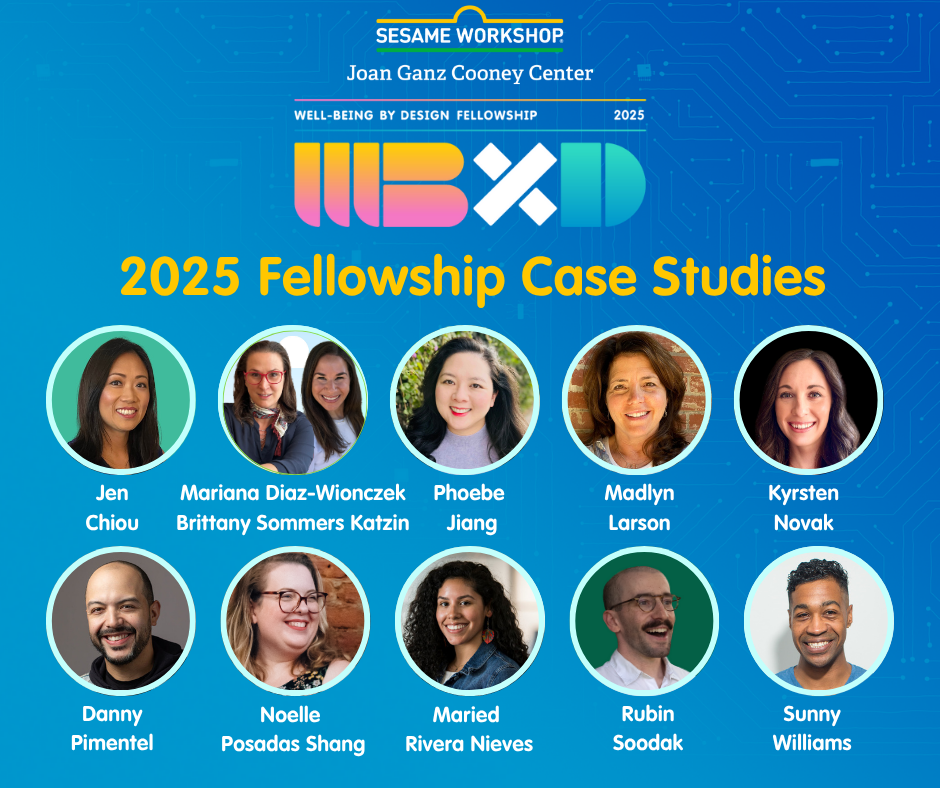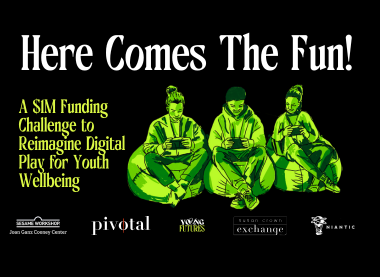
Generative AI is here to stay—so how can we help children understand what it is and how to use it responsibly? On March 3, 2025, the Joan Ganz Cooney Center was thrilled to participate in a panel at SXSW EDU exploring how AI can enhance, rather than replace, the student-teacher relationship.
Moderator Lisa Guernsey, Director of the Learning Sciences Exchange at New America, opened the conversation by highlighting AI’s potential to reshape literacy and computational thinking. She emphasized that AI-powered tools can introduce young students to new ways of interacting with and understanding the world. But the critical question remains: Can we design these tools to support human interaction and agency, fostering an environment where technology enables learning?
Redefining Literacy and Computational Thinking
AI literacy goes beyond simply knowing what AI is. It requires understanding how AI works, recognizing its limitations, and evaluating its impact critically. Laina Vlasnick Yip, Senior Program Officer of the Learning & Technology Fund at Robin Hood, stressed the importance of helping students understand that AI can make mistakes. Much like computational thinking lays the foundation for problem-solving across disciplines, AI literacy prepares students to navigate a technology-driven world thoughtfully and responsibly.
Azi Jamalian, CEO and founder of The GIANT Room, described computational thinking as “the thought processes that go into formulating problems and designing solutions.” She noted the importance of teaching students to persevere through iterative processes—research, ideation, brainstorming, tinkering, and creating—while collaborating with others to build prototypes.
Medha Tare, Senior Director of Research at the Joan Ganz Cooney Center, discussed co-design as a participatory process in which children work alongside educators and developers to create tools that meet their educational and emotional needs. This inclusive approach ensures that students’ voices are embedded in the design process, resulting in more meaningful and effective learning experiences.
Azi shared examples from a partnership between The GIANT Room and the Joan Ganz Cooney Center, supported by Robin Hood, involving second and third graders in under-resourced New York City public schools. Students created imaginative avatars and worked with AI chatbots to design animals connected to their science curriculum—blending creativity with tech fluency.
Medha added that these sessions helped students build both language and literacy skills as they crafted stories and images that reflected their own interests. The students then published their work as books, proudly sharing them with their families.
Why Start Early? Challenges and Opportunities
Why teach AI literacy to young children? Laina pointed out that many are already engaging with AI through tools like Siri and Alexa. Early education is key, she said, because “it’s easier to learn new things than to unlearn misconceptions.” She also emphasized the importance of helping children understand that AI isn’t magic—it’s something they can shape and influence. “Your words, your description can actually change the output,” she said. “That’s when they begin to develop healthier relationships with these tools and more thoughtful ways of using them.”
While the promise of AI in education is vast, the panel acknowledged its challenges—including bias in AI systems, ethical data use, and unequal access to AI-powered tools. Robust teacher training and clear policies are essential to address these concerns and ensure AI is used responsibly in classrooms.
To fully realize the potential of AI and educational technology, collaboration among educators, technologists, and policymakers is essential. As Laina noted, equitable access must remain a top priority to avoid exacerbating learning gaps. Transparency, comprehensive AI literacy programs, and learning environments that foster both creativity and critical thinking will be crucial for preparing students for the future.
By prioritizing inclusivity, transparency, and innovation, educators can harness AI to equip the next generation with the skills they need to thrive in a rapidly evolving digital world. As we move forward, cross-sector collaboration will be vital in building an educational system that is both forward-thinking and fair.
An audio recording of the session is available here.

